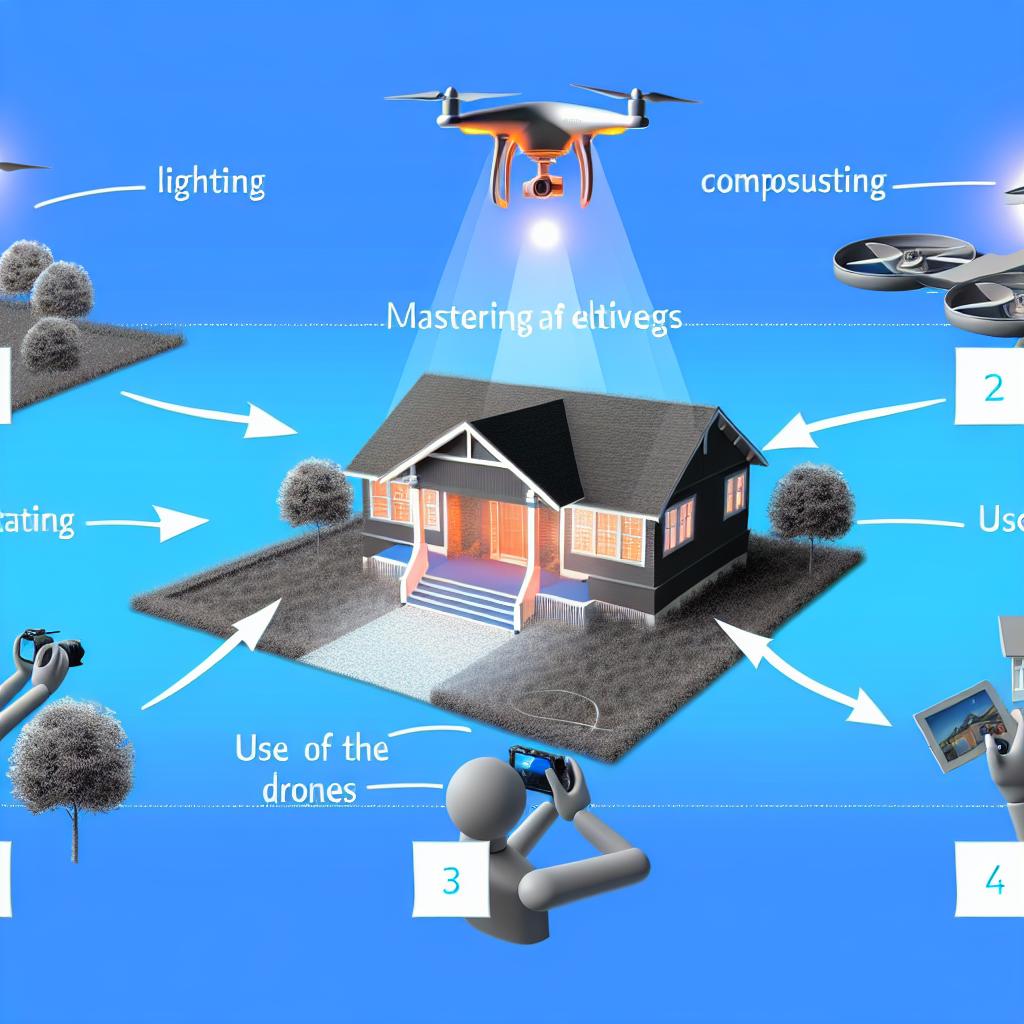“Capture Buyers with Compelling Shots: Essential Real Estate Photography Tips Unveiled”
Real estate photography plays a pivotal role in the property market. It’s the first introduction potential buyers have to a home, and stunning visuals can significantly impact a buyer’s decision. This guide delves into the top real estate photography tips that are vital for attracting buyers. Whether you’re a seasoned photographer or just starting, these insights are tailored to help you maximize the appeal of your properties.
Understanding the Importance of Light in Real Estate Photography
Lighting is the cornerstone of exceptional photography. Natural light can transform a dull room into a welcoming and vibrant space. Always aim to shoot during the day and make use of the ‘golden hour’, which provides soft and warm lighting. Open all curtains and blinds to let in as much natural light as possible. Supplement with artificial lights to fill in shadows or highlight particular features.
Knowing how to harness light effectively will make spaces look larger and more inviting. Avoid harsh lighting conditions like direct sunlight that can cast unappealing shadows and create overexposure. If natural lighting is not optimal, consider using high-quality external lighting equipment to compensate. Balancing the light correctly will ensure the colors in your photos are true to life and appealing to potential buyers.
Mastering Composition Techniques for Stunning Real Estate Photos
Composition is key to capturing the viewer’s attention and guiding their eye through the photograph. Utilize the rule of thirds by placing key elements along the lines or intersections of a grid. This technique helps create balance and draws the eye naturally to important features within the frame. Ensure that your shots have a clear focal point, whether it’s a fireplace, a piece of art, or a beautiful view.
Symmetry and leading lines are also effective techniques in real estate photography. Symmetrical features can create a sense of harmony and order, while leading lines guide the viewer’s eye through the property, showcasing depth and space. Consider the angle of your shots too; shooting from a lower angle can make furniture and architectural features appear more impressive.
Editing Real Estate Photos to Enhance Visual Appeal
Post-processing is an indispensable part of creating captivating real estate images. Software like Adobe Lightroom or Photoshop can enhance colors, correct exposure, and even out lighting inconsistencies. Start by adjusting the white balance to ensure the colors appear natural. Use clarity and sharpness tools to emphasize details that may have been lost in lower quality images.
Avoid over-editing which can make images appear unrealistic and deceiving to potential buyers. Instead, focus on making subtle enhancements that maintain the integrity of the original scene. Correct any distortions caused by wide-angle lenses with perspective correction tools. With skillful editing, you can significantly improve the quality of your photos and highlight the property’s best features.
Utilizing Drone Photography to Showcase Properties
Drone photography is becoming a game-changer in real estate marketing. It provides a unique perspective that traditional ground-based photography cannot achieve. Aerial images can capture the surrounding area, neighborhood views, and highlight key features of a property, such as larger plots of land or luxurious outdoor spaces like pools or gardens.
When using drones, ensure compliance with local regulations regarding drone usage and privacy concerns. Having a proper license and insurance might be required in some areas. The quality of drone photography is heavily dependent on the time of day and weather conditions. A clear, bright day is ideal for aerial shots, ensuring clarity and detail.
Staging Tips for More Effective Real Estate Photography
Staging a home is an essential step in real estate photography. It involves arranging furniture and décor in a way that maximizes space and highlights the property’s best features. Declutter each room, removing personal items and unnecessary objects that may distract potential buyers. Clean, organized rooms appear more spacious and inviting.
Use stylish accessories like cushions, throws, and plants to add color and keep spaces looking lively and attractive. However, balance is crucial – keep the décor simple and avoid overly personal touches. Aim to create neutral, universally appealing spaces that allow viewers to imagine themselves living in the home. Effective staging can dramatically improve the overall look of the property in photos and attract more buyers.
By integrating these strategies, you can produce outstanding real estate photographs that captivate buyers and increase the likelihood of selling properties quickly. Excellence in real estate photography requires a blend of skill, creativity, and technical know-how, but with practice, you can create images that perfectly showcase each property’s unique allure.




